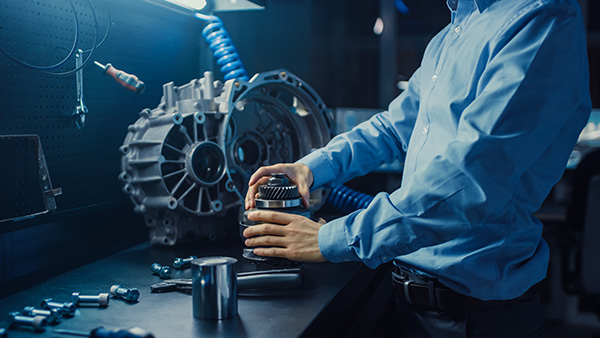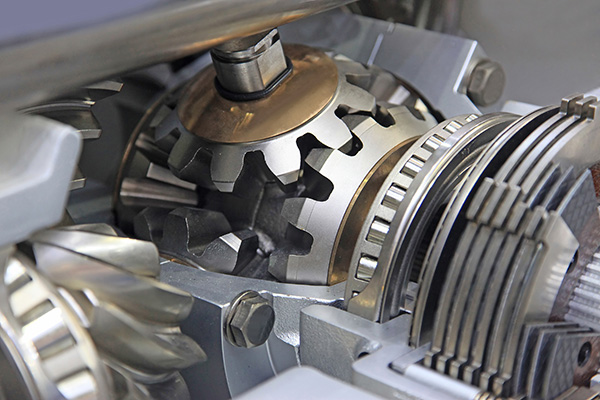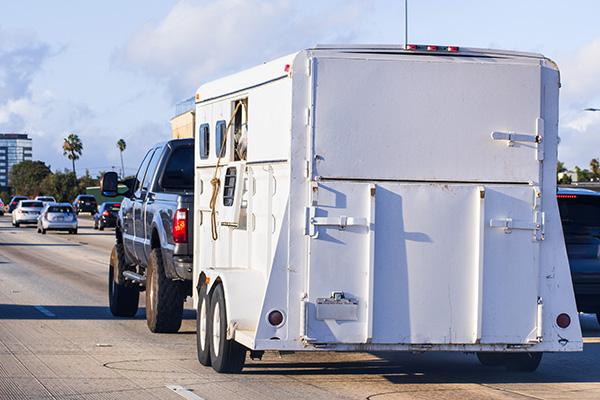Posted on 12/19/2025

A new clunk from underneath the car can be unnerving, especially when you shift into gear or roll on and off the throttle. Sometimes it shows up only when you first pull away, other times you hear it every time the vehicle shifts or coasts. That sound usually means something in the drivetrain has too much play and is taking up that slack with a thump. Two of the most common suspects are the transmission and the U-joints in the driveshaft. What That Clunking Noise Really Sounds Like Drivers often describe driveline clunks as a single, solid “thunk” when shifting from park to drive or from drive to reverse. You might hear it when you lift off the gas and then get back on it again, as the load changes. In some cases, there is a light rattling or knocking at low speed that smooths out as you accelerate. If the noise seems to come from the middle or rear of the vehicle instead of right under the hood, it is a strong hint ... read more
Posted on 11/28/2025

A transfer case quietly splits power between the front and rear axles so traction feels effortless on wet roads, boat ramps, and sandy trails. When it starts to leak, the first clue is often a small wet spot under the center of the vehicle. That small spot matters. Transfer case fluid is the only thing separating precision gears and chains from heat and wear. If the level drops, parts run dry, temperatures climb, and repairs get expensive fast. What a Transfer Case Does in Plain Terms Think of the transfer case as the traffic cop for torque. On a part-time 4x4, it connects or disconnects the front axle. On many All Wheel Drive systems, power is sent forward through a clutch pack or a center differential. Inside are gears, chains, bearings, and seals that rely on clean fluid to reduce friction and carry away heat. Any leak lowers that margin of safety. Common Places Leaks Begin Most leaks start at soft parts that age. Input and output shaft seals ha ... read more
Posted on 10/31/2025

A weekend camping trip sounds relaxing, but if you’re towing a trailer, driving up steep hills, or spending time in stop-and-go traffic, your transmission might not be having such a good time. Fall temperatures may feel mild, but transmission heat builds quickly under load, especially when your vehicle is working harder than usual. Without proper maintenance and preparation, a scenic fall getaway could end with a breakdown on the side of the road. Whether you’re driving an SUV, truck, or crossover, knowing how to protect your transmission during demanding trips is key to keeping it running smoothly long after the campfire goes out. The Role of Transmission Fluid in Temperature Control Transmission fluid does more than lubricate moving parts. It also cools the transmission by carrying heat away from internal components. When fluid gets old or low, it loses its ability to manage heat. That makes it more likely your transmission will overheat when under str ... read more
Posted on 9/26/2025

Smooth shifting is something most drivers take for granted, until it isn’t. If your vehicle hesitates, jerks, or vibrates when changing gears, there could be a problem within your automatic transmission system. One of the most overlooked yet critical components affecting shift quality is the torque converter. When it starts failing, rough shifts are often one of the first warning signs. We’ll explain how the torque converter works, the symptoms of failure, and why addressing the issue early can save you from costly repairs. What Does the Torque Converter Do In an automatic transmission, the torque converter plays a crucial role in transferring engine power to the transmission smoothly. It acts like a fluid coupling between the engine and the transmission, allowing your vehicle to idle while in gear and providing seamless acceleration. Inside the converter are several components, including the impeller, turbine, stator, and lockup clutch, all working tog ... read more
Posted on 8/29/2025

Your transmission is one of the most important and expensive components in your vehicle. It’s responsible for transferring power from the engine to the wheels, allowing your car to shift gears and respond smoothly to acceleration. But even the best transmission won’t last forever, especially if it’s neglected. With proper care, transmissions will go well beyond 100,000 miles. However, certain habits and oversights can lead to early failure. Let’s explore six key factors that can damage your transmission and what you can do to avoid them. 1. Ignoring Transmission Fluid Health Transmission fluid is essential for lubricating gears, cooling components, and maintaining smooth operation. Over time, it breaks down due to heat and friction. If it becomes too dirty or low, your transmission won’t be protected, and wear will accelerate. Signs of poor fluid health include slipping gears, delayed shifts, or a burnt smell. If your fluid looks dark ... read more